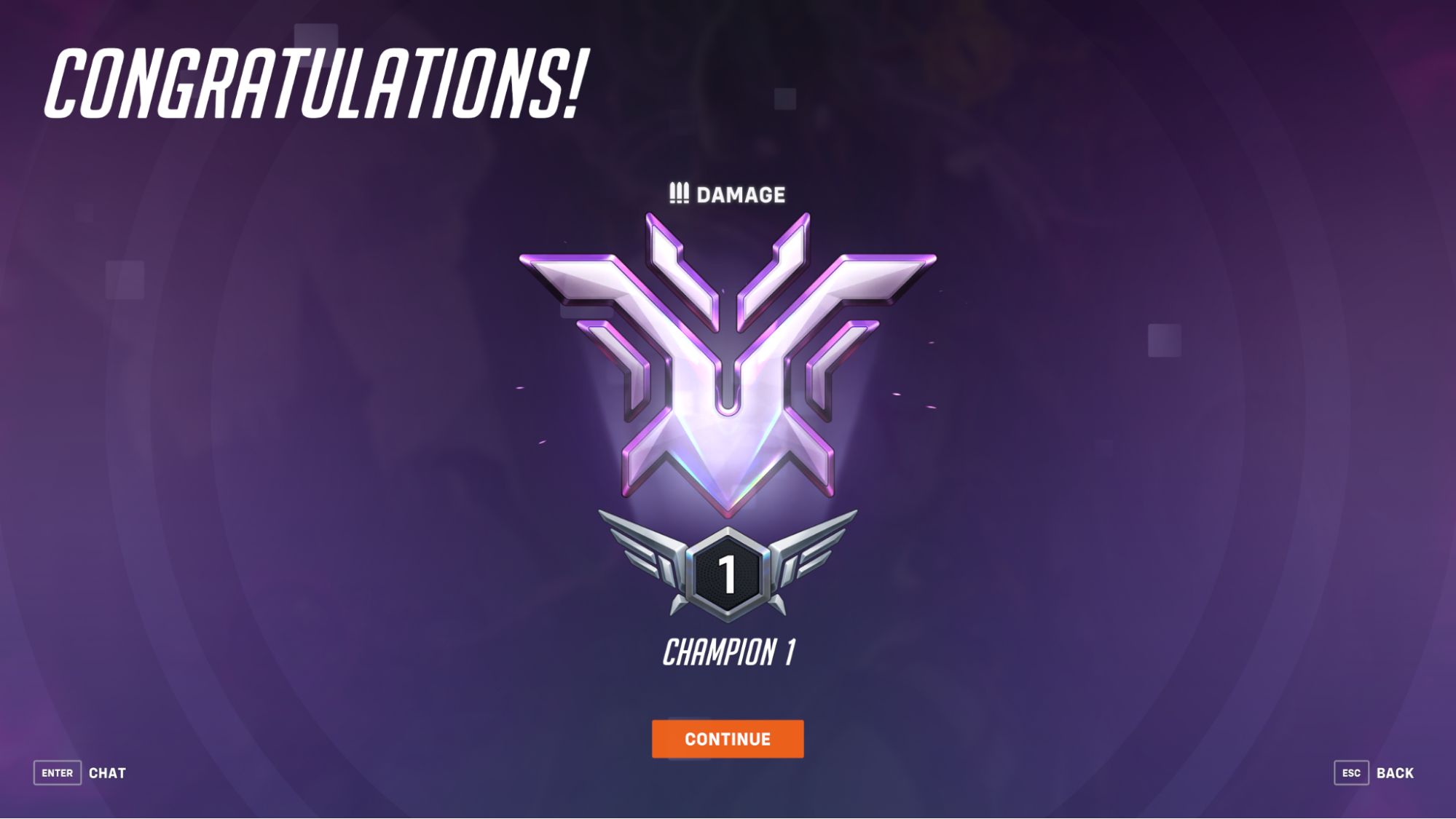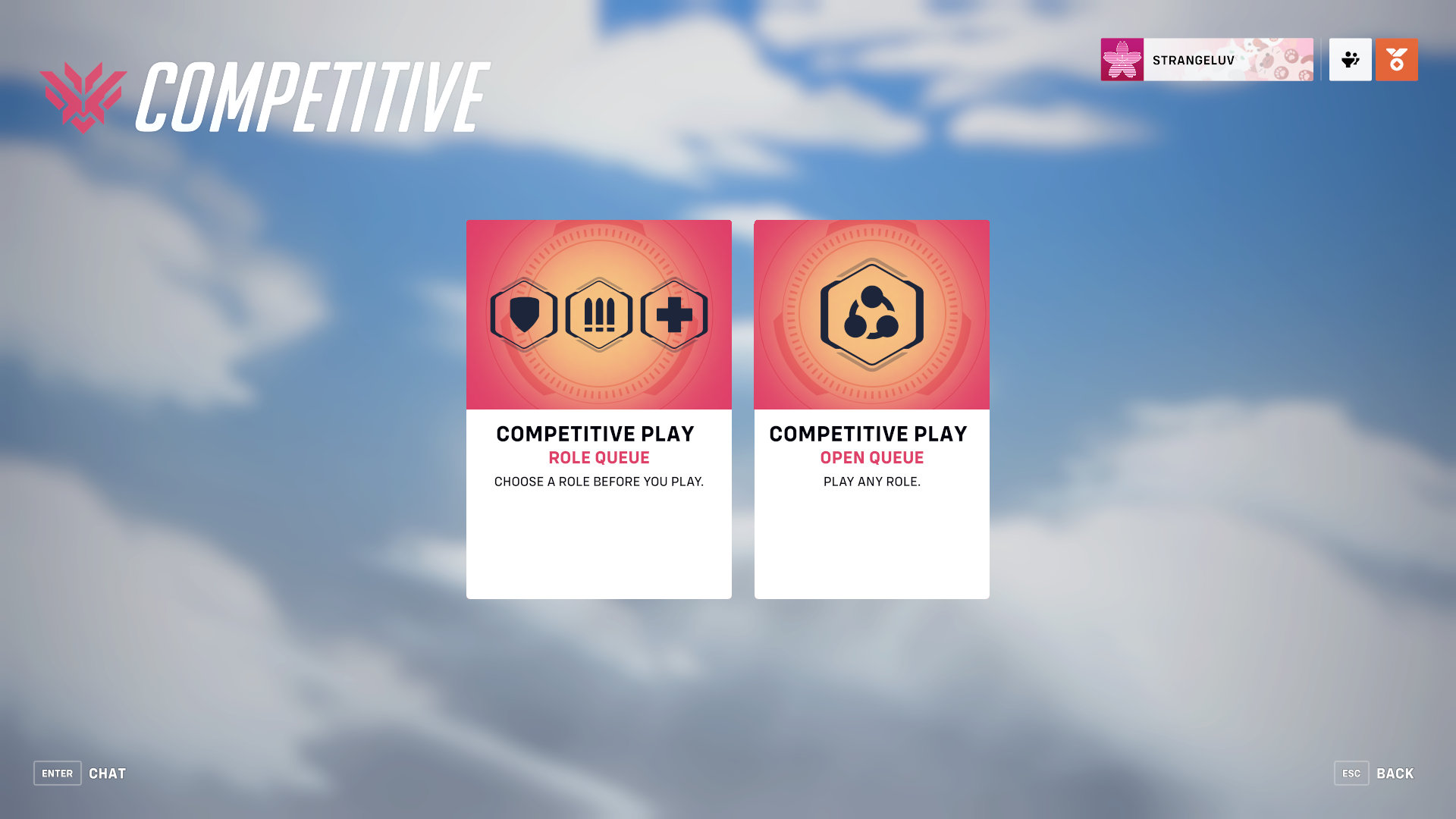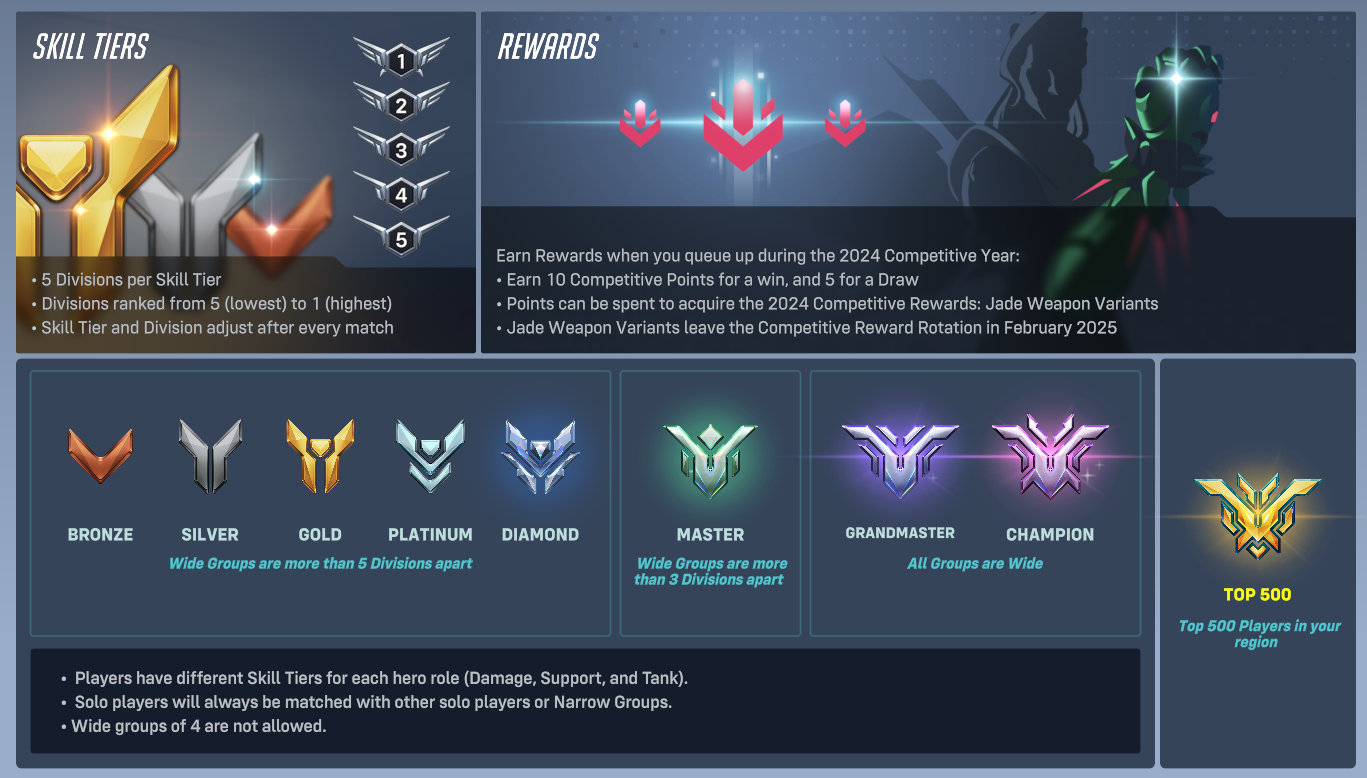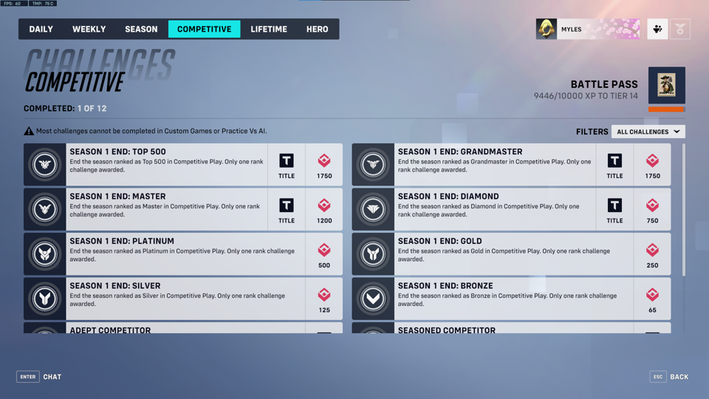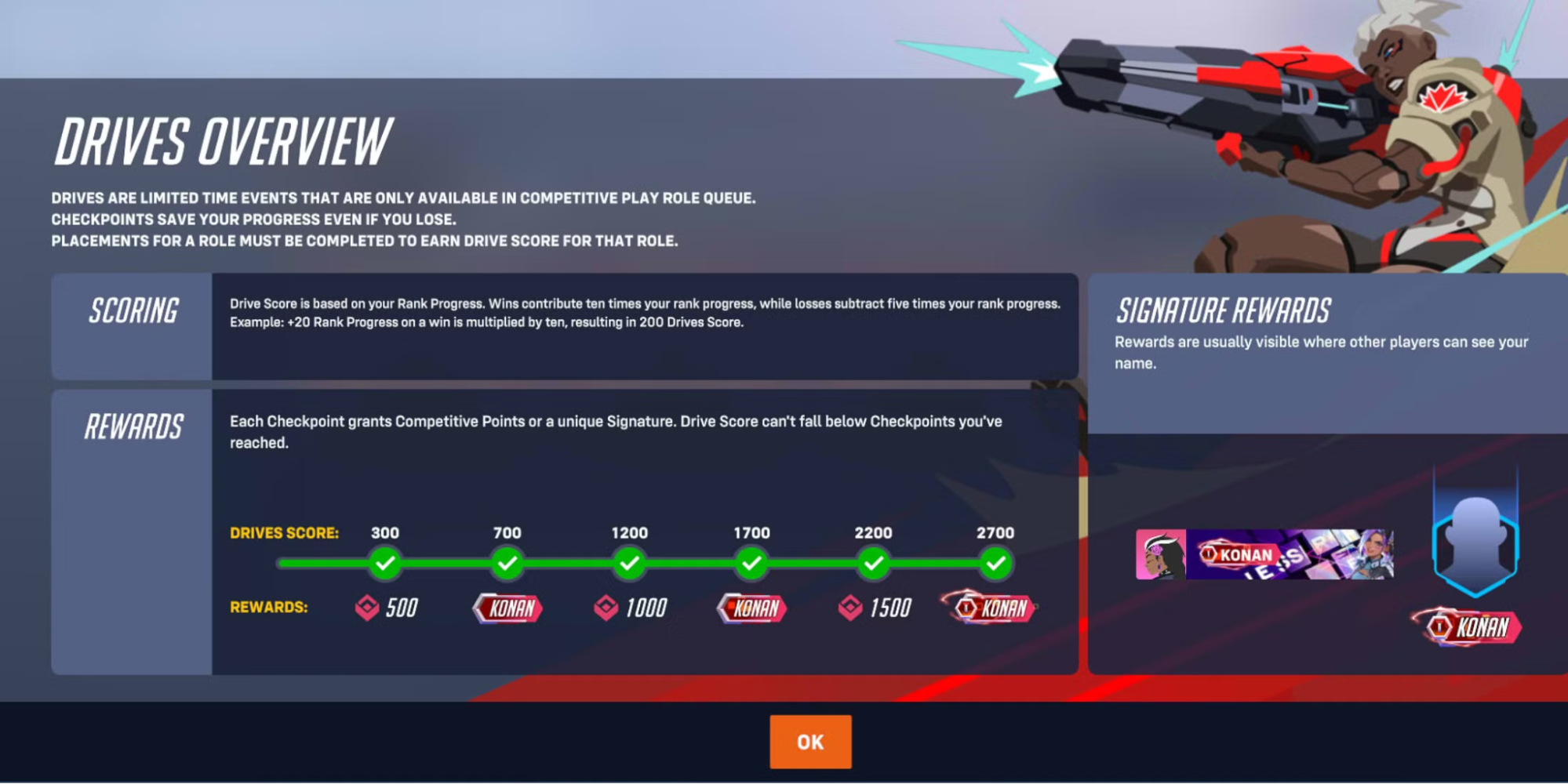Gradi di Overwatch 2: Modalità competitiva e ricompense spiegate
Siete pronti a competere in Overwatch 2?
Lo farete nella modalità competitiva, dove il vostro gioco conta.
A differenza dei giochi casuali come Swiftplay, la modalità competitiva di Overwatch è il luogo in cui si mettono alla prova le proprie abilità, si migliora il proprio gioco, si ottengono ricompense alla fine di ogni stagione e ci si vanta con gli amici del proprio nuovo grado.
Ma come si fa a scalare i ranghi e a ottenere quelle epiche ricompense e come funziona il tutto?
Siete nel posto giusto. Vi risponderemo a questo e ad altro!
Questa guida vi spiegherà esattamente come funziona il sistema delle classifiche, quali ricompense potete ottenere e come aumentare il vostro livello competitivo senza sforzo!
Cos'è la modalità competitiva di Overwatch 2?
Prima di poter anche solo sognare di raggiungere il titolo di Campione, è necessario mettere i piedi per terra e i nuovi giocatori dovranno innanzitutto ottenere 50 vittorie nelle partite rapide non classificate per sbloccare questa modalità. Consideratela come un allenamento di base prima di entrare nei ranghi.
Tuttavia, una volta entrati, sarete accolti da pool di mappe specifiche e da set di regole pensate per un gioco equilibrato.
La modalità Competizione in Overwatch 2 è molto diversa rispetto a Swiftplay: ogni stagione dovrete dimostrare il vostro valore in un ambiente strutturato, ad alta posta e classificato.
Modalità classificate
Overwatch 2 offre un paio di modi per entrare nel gioco competitivo:
- Coda dei ruoli: È la modalità competitiva principale e quella a cui gioca la maggior parte delle persone. Ci si mette in coda per fare il Tank, il Danneggiatore o il Supporto, ognuno con il suo grado separato.
- Coda aperta: Questa coda offre una maggiore flessibilità, consentendo ai giocatori di scegliere qualsiasi eroe. Anche in questo caso si riceve un rango universale, basato sul proprio rango in Overwatch 2.
- Eroi misteriosi competitivi: questa modalità fa occasionalmente la sua comparsa tra le modalità di gioco competitive, assegnando eroi casuali a ogni turno.
Gradi e livelli di Overwatch 2 spiegati
Il viaggio verso la cima è una scala, e in Overwatch 2 questa scala ha caratteristiche uniche. Il sistema di classificazione è suddiviso in diversi livelli di abilità, ciascuno con cinque divisioni (5 è il livello più basso e 1 il più alto all'interno del livello).
Ecco l'ordine di ascesa dei gradi di Overwatch 2 in ordine sparso:
- Bronzo 5-1
- Argento 5-1
- Oro 5-1 (qui si trova la maggior parte dei giocatori)
- Platino 5-1
- Diamante 5-1
- Maestro 5-1
- Gran Maestro 5-1
- Campione 5-1
- Top 500
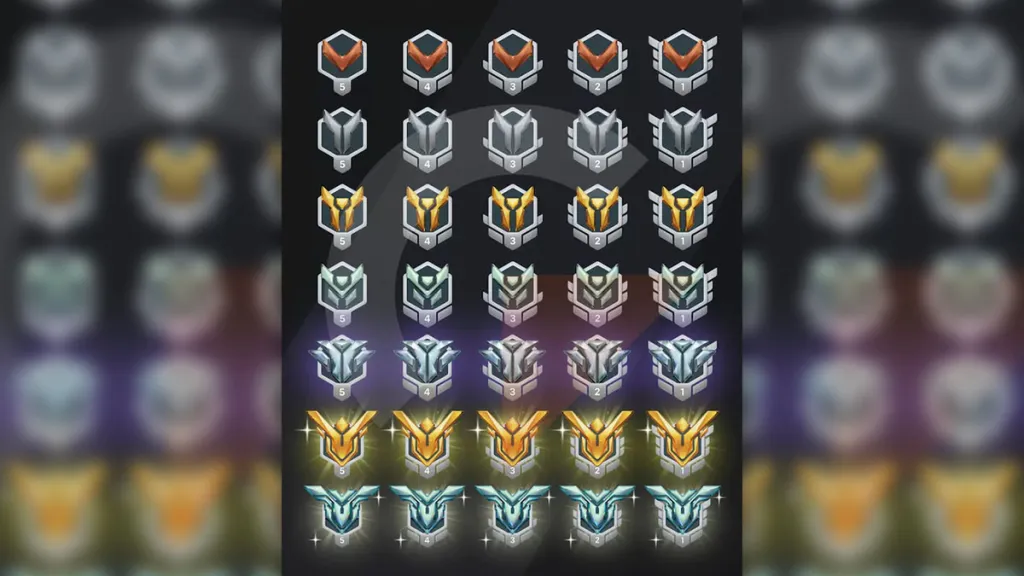
Vale la pena notare che nella Role Queue avrete un grado separato per Tank, Damage e Support, permettendovi di specializzarvi. La Coda aperta, invece, assegna un unico grado universale.
Come funziona il sistema di classificazione in Overwatch 2
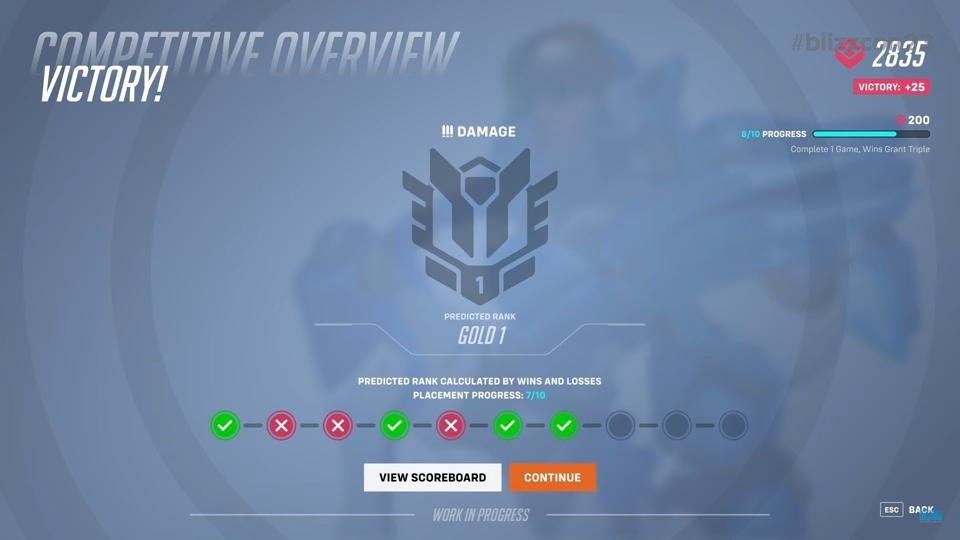 Come si fa a scalare le classifiche? Il sistema di classifiche di Overwatch 2 ha subito un'evoluzione, soprattutto dopo la revisione della stagione 9 della competizione.
Come si fa a scalare le classifiche? Il sistema di classifiche di Overwatch 2 ha subito un'evoluzione, soprattutto dopo la revisione della stagione 9 della competizione.
- Partite di piazzamento: Ogni anno agonistico, o quando si inizia, si completano le partite di piazzamento (in genere 5-10) per determinare il livello di abilità iniziale.
- Aggiornamenti per partita: L'avanzamento di grado si aggiorna dopo ogni singola partita agonistica, fornendo un feedback immediato, accompagnato da aggiornamenti sui progressi agonistici. I modificatori di classifica spiegano anche perché i progressi sono cambiati. Questi possono includere le strisce, la difficoltà della partita e le regolazioni della calibrazione.
- Ripristino della classifica: Alla fine di una stagione, ci si prepara a un reset del rango, ovvero si ricomincia da capo con nuove partite di piazzamento per ricalibrare la propria posizione per la nuova stagione agonistica. Anche gli azzeramenti morbidi si verificano di solito a ogni nuova stagione.
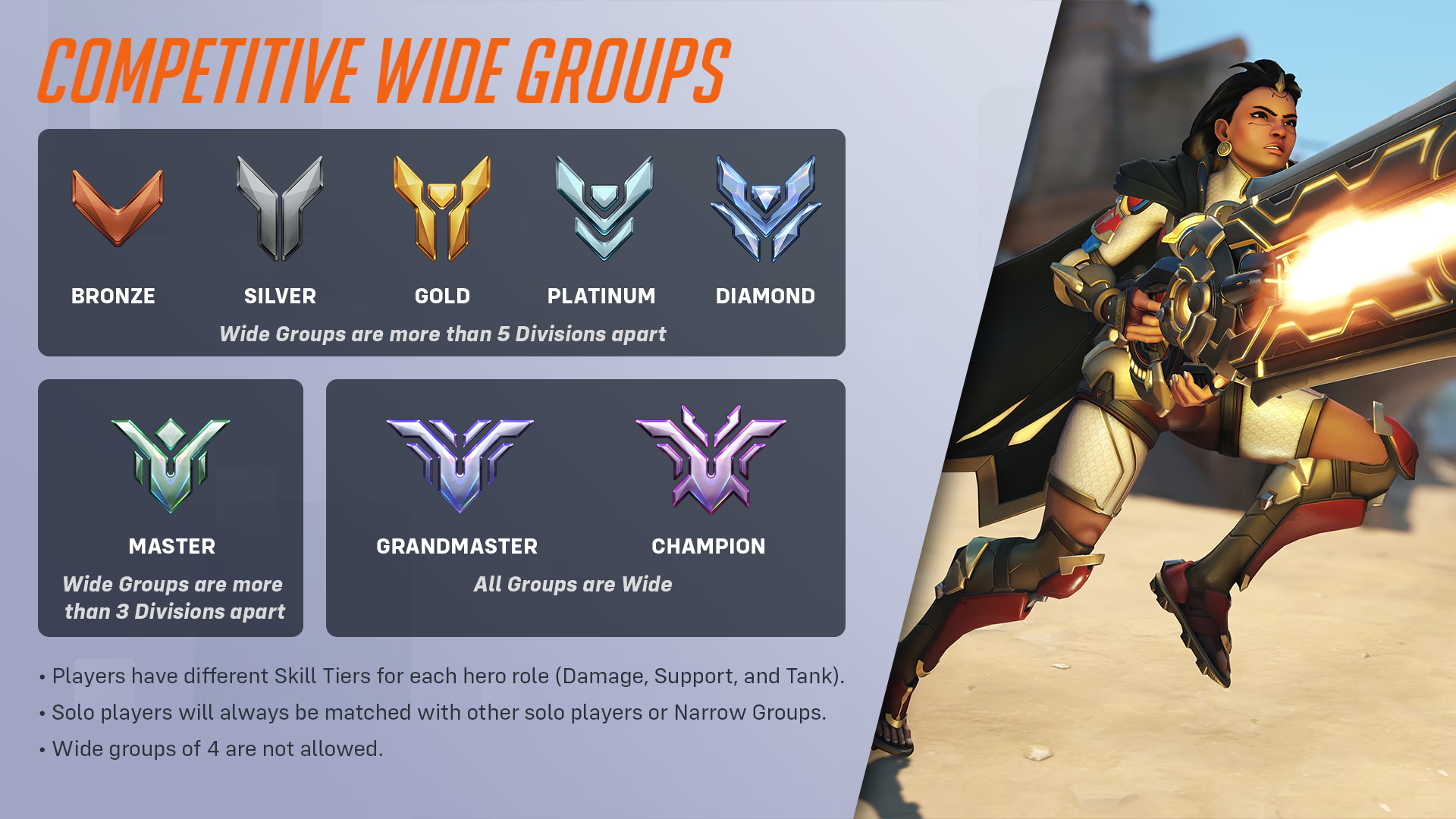
Restrizioni di raggruppamento
Rimosse la maggior parte delle restrizioni di rango
Gli amici con un divario di abilità più ampio possono ora raggrupparsi per il gioco competitivo.
Gruppi "ampi" e "stretti"
- Gruppi ampi: Sono formati da giocatori con una differenza di abilità significativa (ad esempio, >5 divisioni per Diamante e inferiori, >3 per i Master).
- Gruppi ristretti: I giocatori sono vicini di grado. I giocatori solitari sono considerati "stretti".
Abbinamenti
I gruppi larghi giocano principalmente contro altri gruppi larghi. I gruppi ristretti giocano contro altri gruppi ristretti.
Conseguenze per i gruppi larghi
Aspettatevi tempi di coda potenzialmente più lunghi e modifiche alla progressione di grado ridotte.
Restrizione chiave
I gruppi larghi di quattro giocatori non possono mettersi in coda per la competizione.
Si può fare gruppo con quasi tutti. Tuttavia, il matchmaker classificherà il gruppo in base alla disparità di abilità per cercare di garantire partite più eque, con alcune limitazioni per i gruppi "ampi" molto diversi.
Ricompense competitive di Overwatch 2
Parliamo di cose belle, le ricompense di rango. Oltre a superare gli avversari, il gioco competitivo offre incentivi sostanziali per raggiungere livelli di abilità elevati in Overwatch 2.
Punti Competizione (CP)
Questa è la valuta principale a cui darete la caccia. Si guadagnano per:
- Vittorie: +10 CP
- Pareggi: +5 CP
- Sconfitte: 0 CP
Si ottengono CP bonus anche attraverso il sistema di Progressione competitiva. Ad esempio, ogni 30 Punti Progresso si ottengono altri 100 CP, fino ad arrivare a una somma considerevole per ogni stagione.
Pelli d'arma
È qui che i Punti Competizione brillano davvero. Per 3.000 CP, è possibile sbloccare skin per armi epiche.
Armi d'oro
Il classico status symbol di Overwatch è ancora disponibile.
Armi di giada
Le armi di giada sono state introdotte nel 2024, offrendo un altro modo per sfoggiare le proprie abilità. Sebbene molti giocatori pensassero che sarebbero state abbandonate, in seguito al feedback della comunità, le armi di giada sono rimaste e spesso possono essere acquistate con i Punti Competizione Legacy, oppure i CP attuali possono determinare il tuo rango alla fine della stagione.
Varianti più recenti
Ogni anno competitivo porta spesso una nuova variante di arma. In genere, i CP guadagnati in quell'anno vengono utilizzati per le ultime skin.
Punti Competizione Legacy
Quando inizia un nuovo anno competitivo, i CP non spesi dell'anno precedente possono essere convertiti in Punti Competizione Legacy. Questi vengono utilizzati principalmente per acquistare varianti di armi più vecchie.
Titoli del giocatore
In base al livello di abilità massimo raggiunto durante una stagione, si possono ottenere titoli di giocatore esclusivi da esibire con orgoglio.
Piloti competitivi
Aggiungendo un ulteriore livello all'eccitazione di fine stagione, Blizzard ha introdotto un sistema di classifiche competitive e un nuovo evento chiamato Competitive Drive.
Di solito si verificano nelle ultime settimane di una stagione competitiva. Questi eventi speciali danno la possibilità di guadagnare ricompense bonus giocando alle modalità competitive di OW2 e sono essenziali per favorire la scalata.
Si guadagnano (o si perdono) "Punti Drive" in base alle prestazioni in partita, in genere legati alla percentuale di avanzamento di grado guadagnata o persa. Le vittorie di gruppo spesso garantiscono punti bonus.
Quando si raggiungono i checkpoint accumulando punti guida, si sbloccano le ricompense. Questi includono spesso pacchetti di Punti Competizione e "Firme", oggetti cosmetici che danno un tocco di stile alla propria BattleTag nel gioco. Le firme possono essere spesso migliorate con le successive missioni, ma possono ripristinarsi con i nuovi periodi di missioni competitive.
Ecco un assaggio di ciò che il sistema di classificazione competitiva di Overwatch 2 ha da offrire. Le ricompense delle Unità competitive possono essere di questo tipo, anche se le specifiche possono variare a seconda dell'evento:
|
Punti unità Checkpoint |
Potenziale ricompensa |
|
Il livello basso (ad esempio, 300) può essere un trampolino di lancio verso i livelli competitivi più alti. |
Punti competitivi bonus (ad esempio, 500-1000 CP) |
|
Livello medio 1 (ad esempio, 700) |
Firma di base |
|
Livello medio 2 (es. 1200) |
Più Punti Competizione (es. 1000-2000 CP) guadagnati prima della stagione 9 |
|
Livello medio 3 (es. 1700) |
Firma avanzata |
|
Livello alto (es. 2200+) |
CP significativi / Firma d'élite |
Nota bene: le soglie di punti e le ricompense specifiche possono cambiare a ogni evento Competitive Drive. Pertanto, è sempre una buona idea controllare gli annunci ufficiali di Overwatch 2 per gli ultimi dettagli durante un'unità attiva.
Suggerimenti per scalare i ranghi
Vuoi uscire dal tuo attuale livello di Overwatch 2? Abbiamo alcuni consigli rapidi che spesso possono fare la differenza:
- Padroneggiare il proprio ruolo: Specializzarsi in un ruolo spesso produce risultati migliori che giocare in tutti i ruoli.
- Comunicazione: Usate la chat vocale o i ping per coordinarvi, piuttosto che per parlare e basta.
- Analizzare il gioco: Guardate i replay e identificate gli errori e le aree da migliorare.
- Rimanere positivi: Il tilt è nemico del progresso, quindi dovrete mantenere il sangue freddo anche nelle partite più difficili.
- Capire la meta: Sapere quali eroi sono forti è utile, ma giocare bene i vostri eroi migliori è spesso più critico, soprattutto ai livelli medio-bassi.
